How AI is Revolutionizing Concrete Machinery Operations
-
Thesis: Artificial Intelligence is moving beyond hype to deliver tangible, transformative improvements in the efficiency, quality, safety, and predictability of concrete machinery operations.
-
Outline:
-
Beyond Basic Automation: AI enables machines to learn, adapt, and make decisions based on data, surpassing pre-programmed routines.
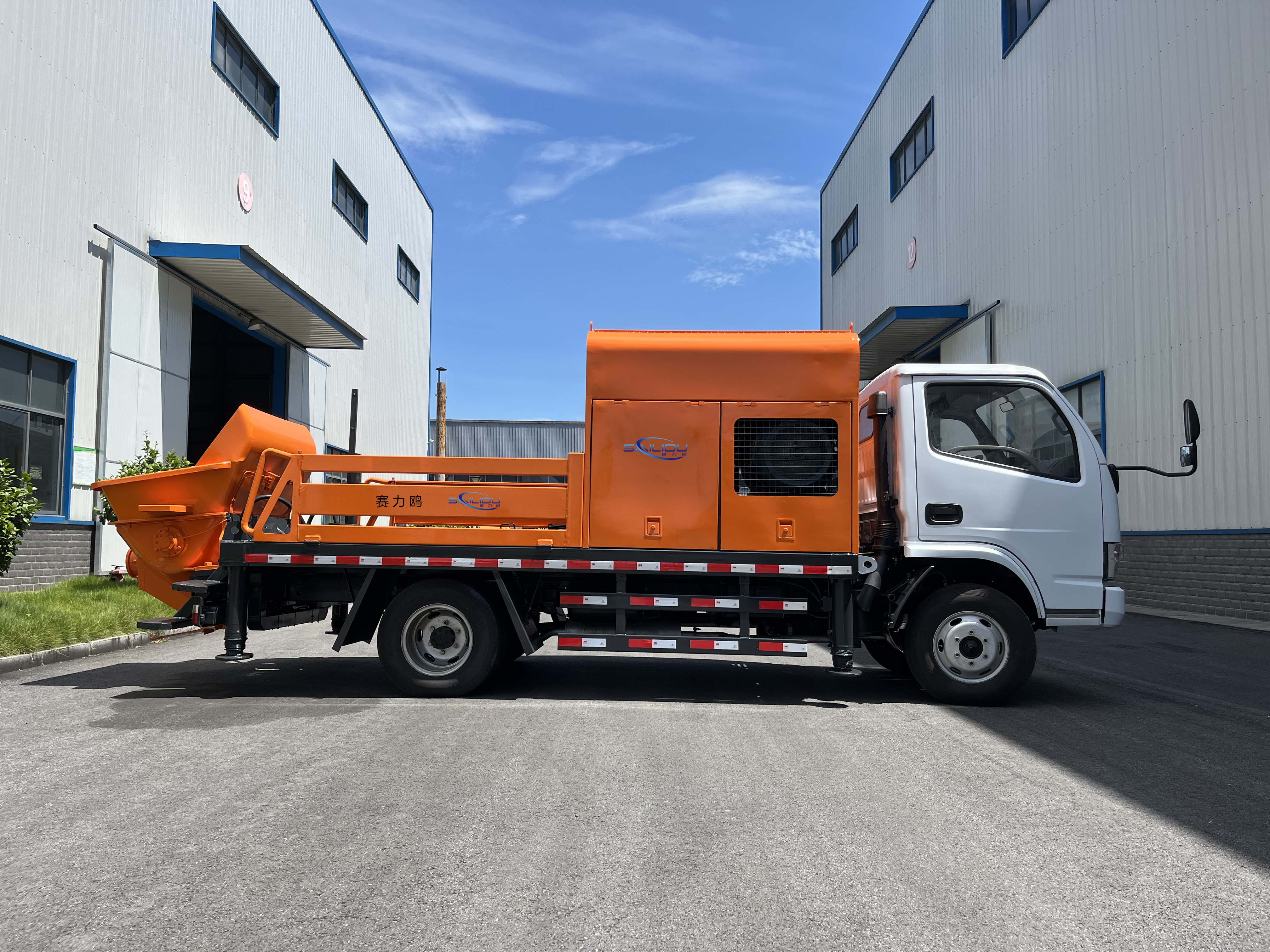
-
Key Application Areas (2025):
-
Intelligent Batching & Mixing:
-
Real-time aggregate analysis (moisture, gradation via cameras/sensors) feeding AI models.
-
Dynamic adjustment of water/admixtures during mixing to achieve target slump/rheology despite input variations.
-
Predictive quality assurance – flagging potential non-conforming batches before they leave.
-
Optimization of mix designs for cost/performance/sustainability based on available materials.
-
-
Predictive & Prescriptive Maintenance:
-
AI analyzing sensor data (vibration, temperature, pressure, current draw, oil analysis) to detect subtle anomalies indicating impending failure.
-
Predicting remaining useful life (RUL) of critical components with high accuracy.
-
Recommending specific maintenance actions and optimal scheduling to prevent downtime.
-
-
Autonomous Operation:
-
Enabling robots (finishers, transporters) to perceive complex environments, navigate safely, and perform tasks precisely.
-
AI path planning for efficiency and obstacle avoidance.
-
Adaptive control (e.g., trowel head adjusting to concrete set rate).
-
-
Process Optimization:
-
AI scheduling of pours, equipment, and deliveries across a project or fleet for maximum efficiency.
-
Optimizing pump pressure/flow for specific concrete rheology and pipeline configuration to reduce wear/blockages.
-
Analyzing telematics data to identify operator inefficiencies or machine underperformance.
-
-
Enhanced Safety:
-
Computer vision monitoring work zones for people/obstacles, triggering automatic machine slowdown/stop.
-
AI analyzing operator behavior (fatigue, distraction) for alerts.
-
Predictive hazard identification based on site conditions and planned operations.
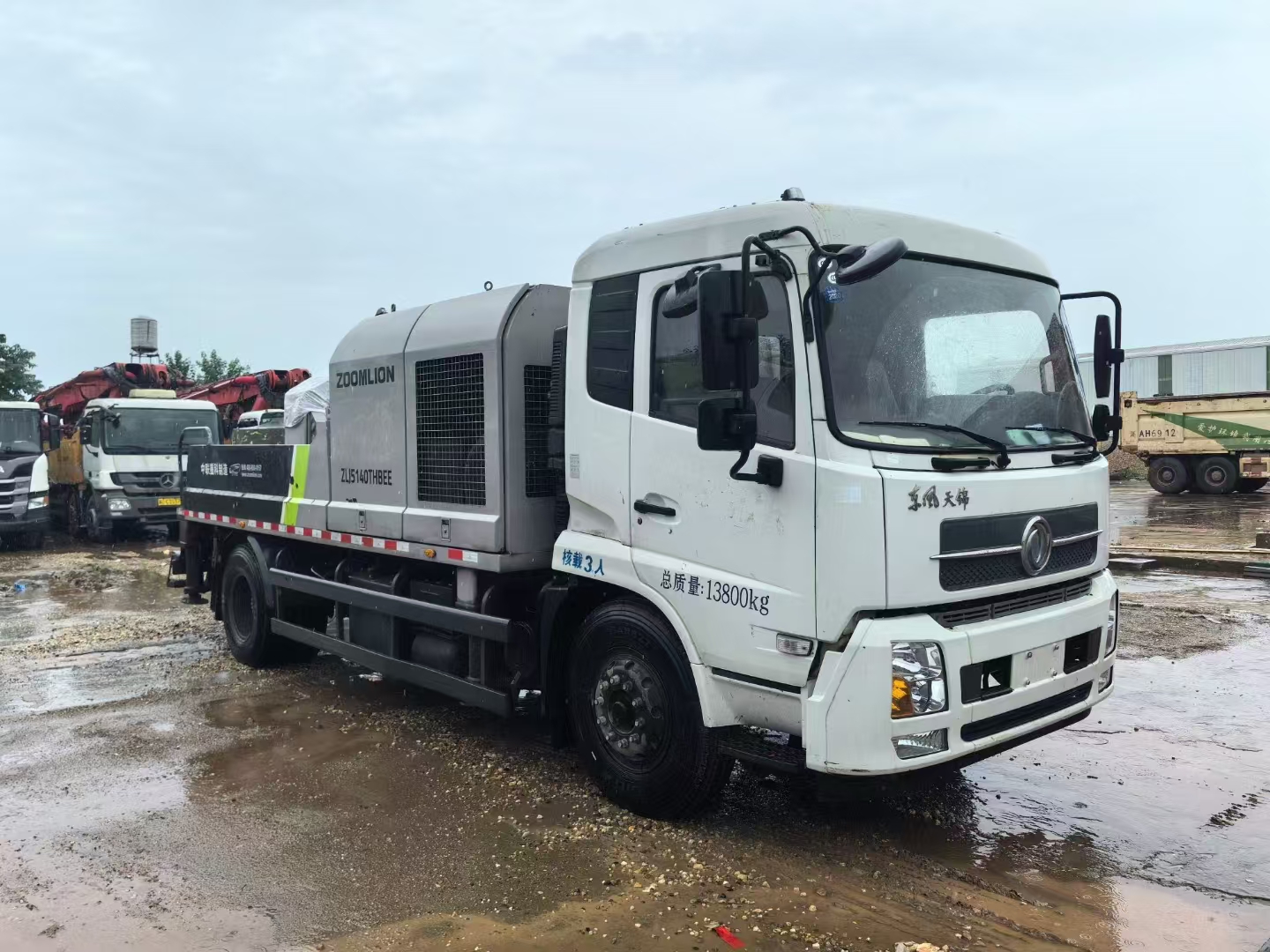
-
-
Data-Driven Insights:
-
Aggregating data from machinery, sensors, and project management to identify bottlenecks, cost overruns, quality trends.
-
Generating actionable recommendations for improvement.
-
-
-
How it Works: Data ingestion from IoT sensors -> Machine Learning models trained on historical/real-time data -> AI algorithms making predictions/decisions -> Integration with machine control systems or dashboards for human action.
-
Benefits: Unprecedented consistency, reduced waste (material, time), minimized unplanned downtime, optimized resource utilization, improved safety, lower operating costs, enhanced sustainability, data-driven decision-making.
-
Challenges: Data quality/quantity requirements, integration complexity, cybersecurity risks, upfront investment, need for skilled personnel (data scientists, AI engineers), "black box" problem (explaining AI decisions).
-
The Future: More embedded AI at the machine level, wider adoption across all machinery types, increased autonomy, AI-powered simulation for planning/training, democratization of AI tools for smaller contractors.
-
 Global Concrete Machinery Mark
Global Concrete Machinery Mark
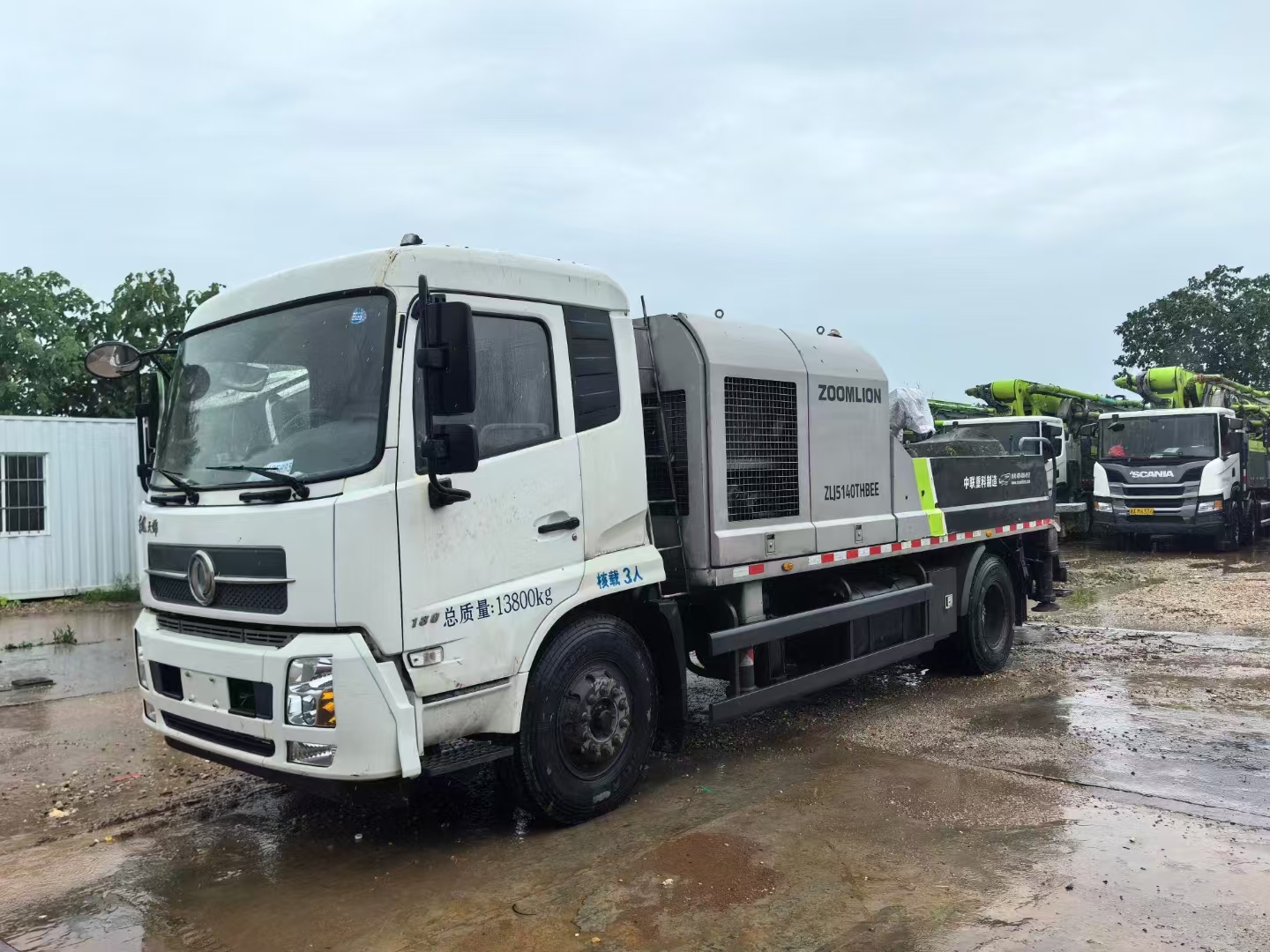 Concrete Recycling Machinery:
Concrete Recycling Machinery:
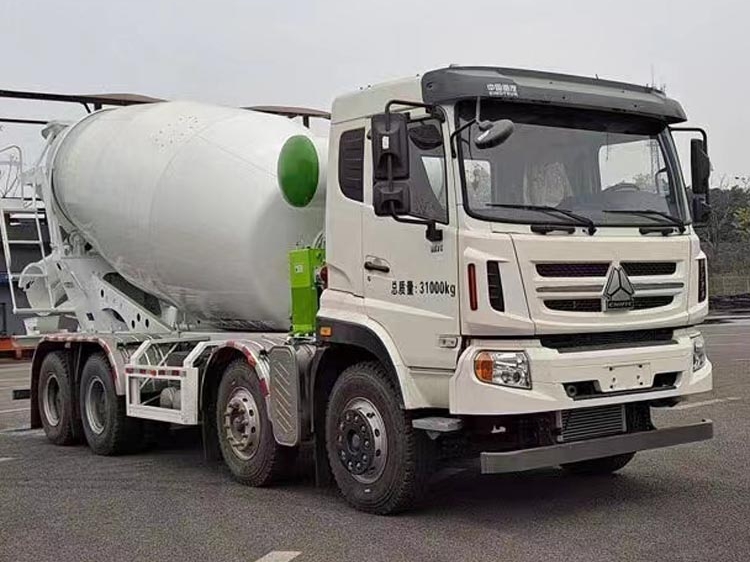 Latest Technological Advanceme
Latest Technological Advanceme
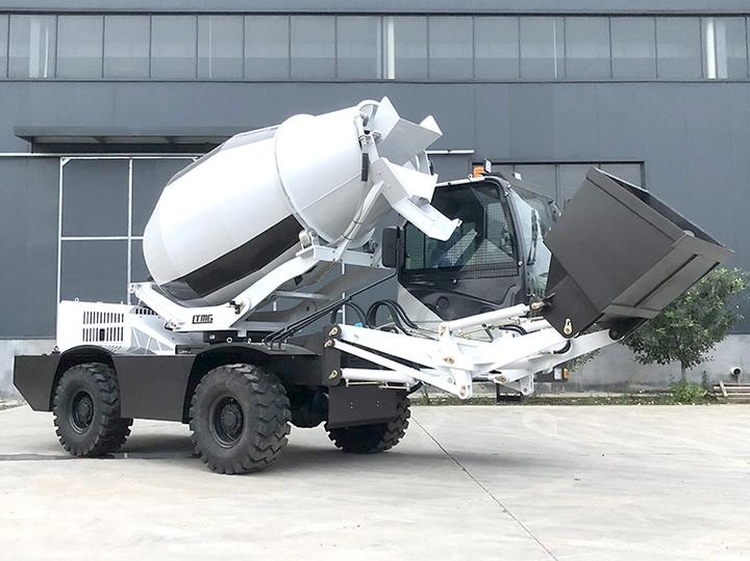 Energy-Efficient Concrete Mach
Energy-Efficient Concrete Mach
